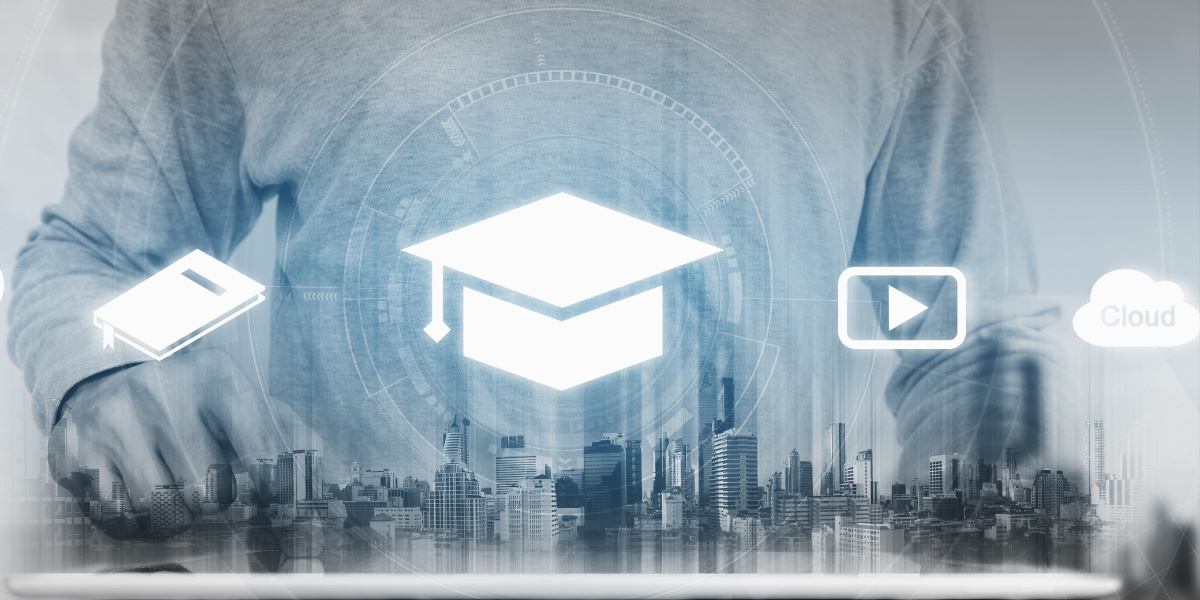
A Comprehensive Guide to the Rise of Gamification in Education in 2025
Education 📚 2025-03-29 5 minutes to readAs we advance into 2025, the tapestry of education continues to be woven with innovative threads, one of which is gamification. The technique of incorporating game-like elements into non-game contexts, gamification has taken educational environments by storm. Its impact is reshaping how students engage with content, captivate their attention, and enhance learning outcomes. This guide delves into how educators and institutions are leveraging gamification, with insights on selecting the right methodologies, understanding the associated costs, and ultimately maximizing educational benefits. Whether you are an educator, a student, or simply interested in educational trends, this guide provides comprehensive insights into gamification's role in modern education.
Introduction to Gamification in Education
The integration of gamification in educational settings has been a topic of intrigue for educators across the globe. By blending elements such as points, badges, leaderboards, and interactive storytelling into curricula, gamification aims to make learning more engaging and effective.
Choosing the Right Gamification Strategy
To effectively implement gamification, selecting the appropriate strategy is critical. Consider the following:
- Audience Analysis: Understanding the demographics and interests of the student body helps tailor an effective gamification plan.
- Objective Identification: Define clear educational goals. Whether improving participation or comprehension, objectives guide the gamification approach.
- Technology Assessment: Assess available tools and platforms that support gamification. Platforms like Kahoot, Duolingo, and Quizizz offer diverse functionalities.
- Feedback Mechanisms: Integrate continuous feedback within the game to guide student improvement and maintain motivation.
By aligning these elements with educational objectives, institutions can craft a gamified experience that resonates with students and enhances learning.
Maintaining and Managing Gamification
Maintenance costs associated with gamification largely depend on the complexity and scale of implementation. Key considerations include:
- Software Subscription Fees: Platforms providing gamification tools often have subscription costs.
- Hardware Investments: Ensure that infrastructure supports gamification activities, especially when involving AR/VR elements.
- Training Costs: Training faculty to effectively use gamification tools is an investment that pays off in enhanced course delivery.
Furthermore, regular updates and curriculum integration ensure that gamification efforts remain aligned with educational standards and technological advancements.
Ownership and Impact of Gamification
Ownership of a gamified learning environment entails responsibility for its implementation and success. This includes:
- Continuous Evaluation: Regularly assess the effectiveness of gamification in achieving educational goals.
- Updating Content: To retain engagement, educational content within the game structure should be dynamic and regularly updated.
- Stakeholder Involvement: Engage students, educators, and parents in the gamification process to gather diverse feedback and insights.
The broader impact of gamification extends to enhancing cognitive skills, encouraging collaboration, and fostering creativity among learners.
Summary and Key Insights
Gamification in education has gained substantial traction due to its potential to revolutionize student engagement and learning outcomes. Selecting appropriate strategies, understanding maintenance costs, and ensuring continuous ownership are crucial for success. By focusing on clear goals and iterative improvements, educators can effectively leverage gamification's benefits, fostering an enriched learning environment. As you explore gamification options, keep the needs and preferences of your learners at the forefront to ensure an inclusive and impactful educational experience.
In summary, the rise of gamification in education by 2025 is pivoting traditional learning paradigms towards more interactive and engaging methods. Choosing the right approach, managing costs, and taking ownership are pivotal in maximizing the benefits of gamification. This innovative educational strategy not only captures students' interest but also drives improved learning outcomes. As educators implement gamification, continuous evaluation and updates will sustain its efficacy, making education a truly exciting and rewarding journey for both teachers and students.
